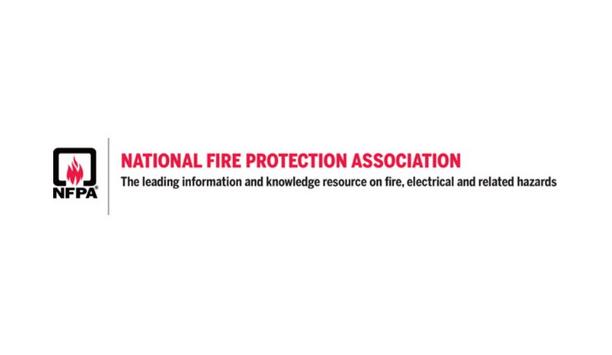The application period is now open for the Assistance to Firefighters Grant (AFG) program. These grants help fire and EMS departments obtain needed resources such as gear, equipment, vehicles, and training.
Important updates to the program have been made that departments need to be aware of when applying.
About AFG Program
The AFG program is one of three grant programs that constitute the Department of Homeland Security, Federal Emergency Management Agency’s (FEMA) focus on enhancing the safety of the public and firefighters with respect to fire and fire-related hazards.
AFG provides financial assistance directly to eligible fire departments, nonaffiliated emergency medical service organizations, and state fire training academies for critical training and equipment.
AFG Program has awarded approximately $7.7 billion in grant funding to provide critically needed resources
The AFG Program has awarded approximately $7.7 billion in grant funding to provide critically needed resources that equip and train emergency personnel to recognized standards, enhance operational efficiencies, foster interoperability, and support community resilience.
Reviewing Changes
The application period for the FY 2021 allocation of AFG funding is open from November 8 through December 17. Eligible departments should take time to review the changes in this year’s program and begin collecting the data necessary to complete a successful application.
Here are some of the important changes to be aware of:
- Funding for FY 2021 has increased to $414 million. This is due to an increase in AFG funding (to $324 million) and the one-time addition of American Rescue Plan Act funding ($90 million).
- Micro-grants of less than $50,000 will aim to fund no less than 25% of the allocation for career, volunteer, and combination departments. This should increase the funding available for smaller projects.
- Pay-per-call personnel and stipend payments to personnel will now be included under the definition of a combination department.
- Personal protective equipment (PPE), both turnout gear and SCBA, definitions have been refined to include old, obsolete, and non-compliant PPE as a high priority for replacement.
- 10% of the available funding for vehicles will aim to be allocated for ambulances.
It is important that departments looking to apply this year review these important changes. The Notice of Funding Opportunity (NOFO) document provides guidance to applicants on eligible activities. The NOFO and other applicable guidance documents can be found here.
FEMA Assistance And Webinar
FEMA is also hosting virtual workshops to explain the rules and application requirements for the AFG program. A schedule of workshops can be found here.
The National Volunteer Fire Council will be hosting a webinar on Wednesday, December 1, to explain the changes to the FY 2021 AFG program and tips for successful applications.














